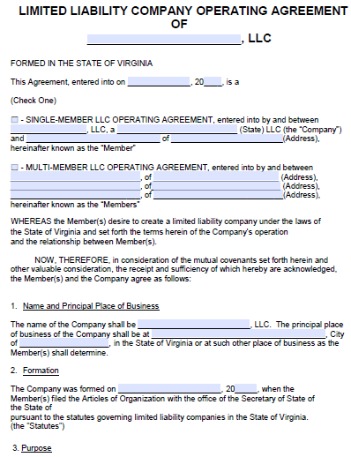A complex capital structure has securities that could have a dilutive effect on earnings per common share. Identify the beginning balance of common shares and changes in the common shares during the year. Negative EPS typically isn’t good news — but on its own, it doesn’t necessarily mean a stock is uninvestable, or even too expensive.
For example, if a company how to add a payment link to a xero invoice makes 8 dollars per share instead of 10 USD, which it could have quickly paid out, then the $2 withheld from each shareholder is considered retained earnings per share. To calculate basic earnings per share, diluted earnings per share is used in firms with a complicated financial structure. If a company ever has to liquidate, common shareholders are the last group of people who can make claims. Some shares may be acquired by public members, whereas others are only available to certain people in the company.
- The earnings per share ratio will help that investor understand the capacity a company has for higher dividends in the future.
- Basic earnings per share are recorded in a company’s income statement and are quite important for assessing the performance of firms with just common shares.
- Some data sources simplify the calculation by using the number of shares outstanding at the end of a period.
- You should take into account all of the financial information available to make an investment decision.
Non-Cumulative Preferred Shares
Our writing and editorial staff are a team of experts holding advanced financial designations and have written for most major financial media publications. Our work has been directly cited by organizations including Entrepreneur, Business Insider, Investopedia, Forbes, CNBC, and many others. The articles and research support materials available on this site are educational and are not intended to be investment or tax advice.
What is the difference between basic and diluted EPS?
Preferred shares are classified into cumulative preferred, non-cumulative, participating preferred, and accounting for favorable legal settlement convertible preferred stocks. Earnings per share are almost always analyzed relative to a company’s share price. This removes all non-core profits and losses, as well as those in minority interests. The focus of this calculation is to see only profit or loss generated from core operations on a normalized basis.
How comfortable are you with investing?
The core reason is that share counts can be extraordinarily different. Both metrics can be used to understand the fair value of a stock — but from very different perspectives. To oversimplify somewhat, book value per share is a calculation of a company’s assets per outstanding share.
Earnings per share (EPS) is an important profitability measure used in relating a stock’s price to a company’s actual earnings. In general, higher EPS is better but one has to consider the number of shares outstanding, the potential for share dilution, and earnings trends over time. If a company misses or beats analysts’ consensus expectations for EPS, its shares can either crash or rally, respectively. Earnings per share is one of the most important metrics employed when determining a firm’s profitability on an absolute basis. It is also a major component of calculating the price-to-earnings (P/E) ratio, where the E in P/E refers to EPS.
An analyst will want to know what the EPS was for just the 400 stores the company plans to continue with into the next period. A similar argument could be made if a company had an unusual loss—maybe the factory burned down—which would have temporarily decreased EPS and should be excluded for the same reason. Understanding EPS is a step in fundamental analysis — but only a step. Ask a question about your financial situation providing as much detail as possible. Our mission is to empower readers with the most factual and reliable financial information possible to help them make informed decisions for their individual needs.
Earnings Per Share Calculation Examples
This extra amount is generally given to shareholders if the dividend payments made to common shareholders surpass the agreed amount set initially. The dividends of a cumulative preferred share are calculated as follows. The cumulative preferred stock dividends accumulate, just as the name implies, and they cannot be lost until they are paid in full. Because they are generally entitled to a certain dividend and are reimbursed in the event of a company’s collapse, preferred stockholders have less risk than common stockholders. The risk of holding common stock in a business is that the general shareholders are the last to be reimbursed or to claim the company’s assets if it goes bankrupt.



